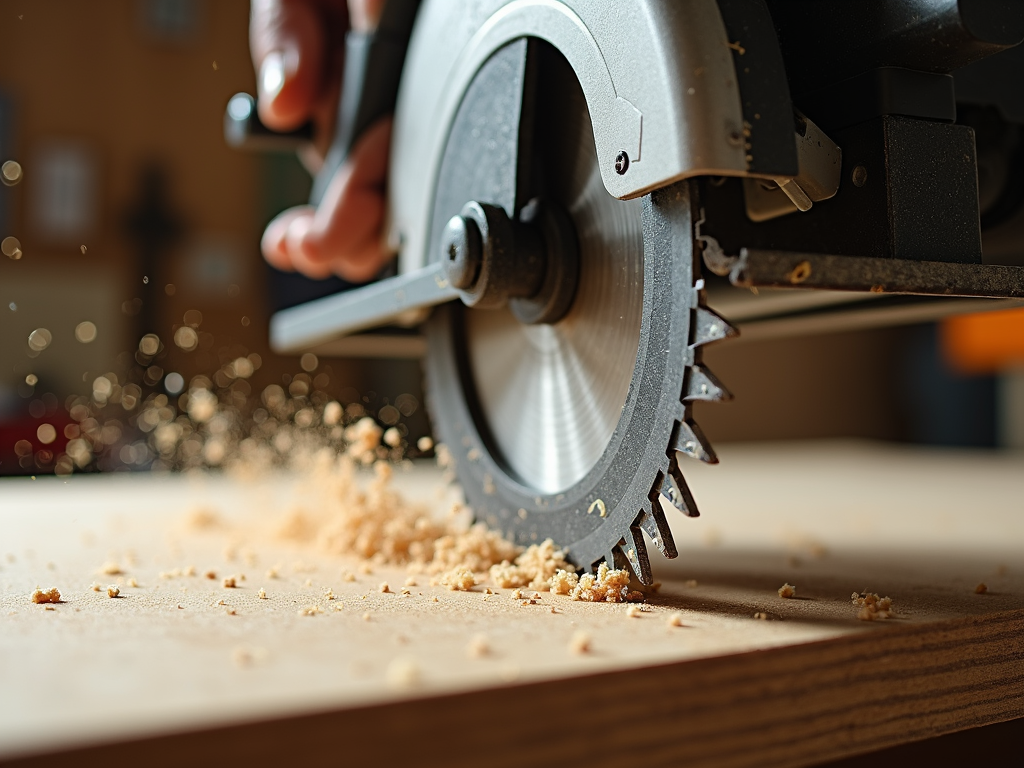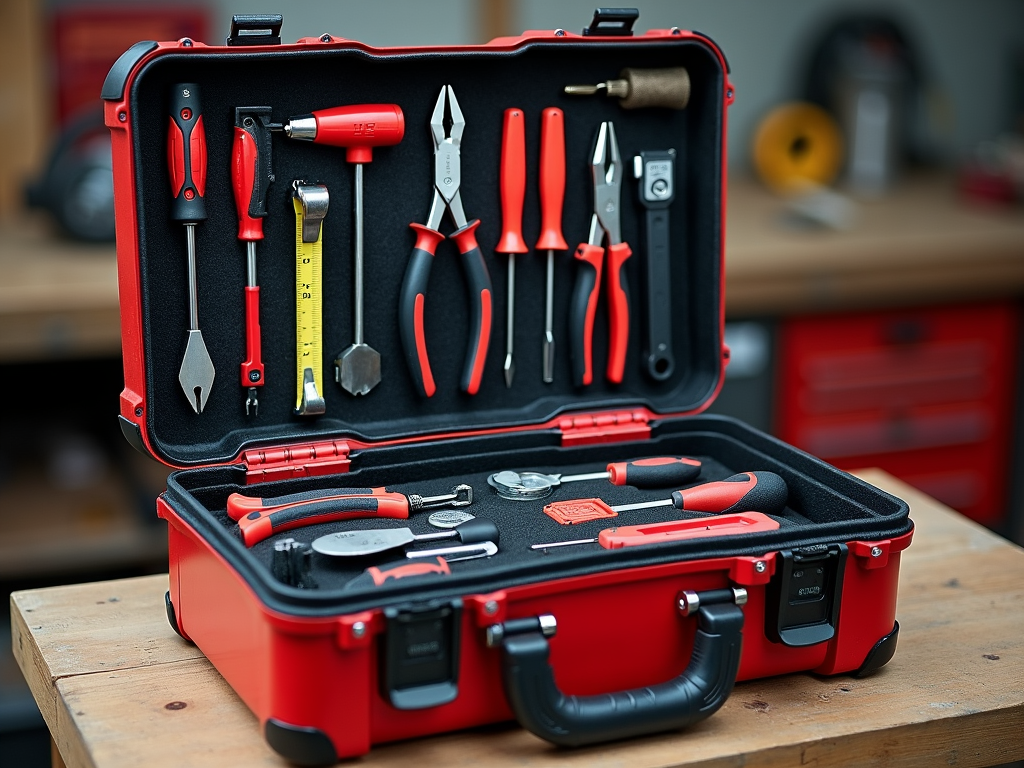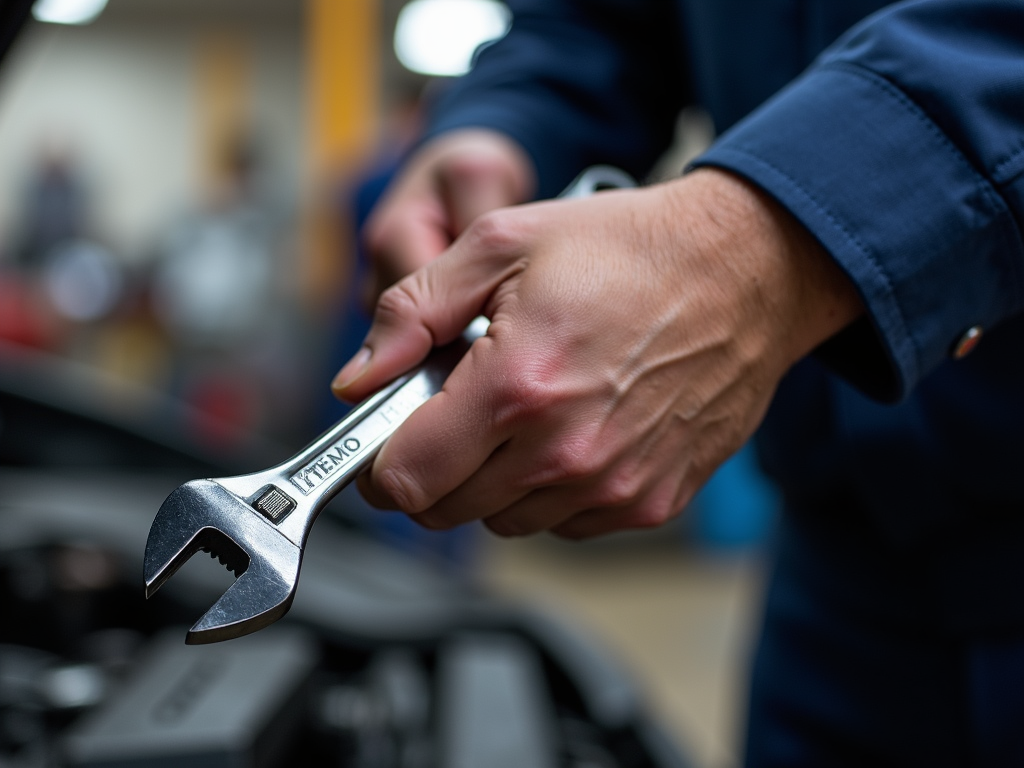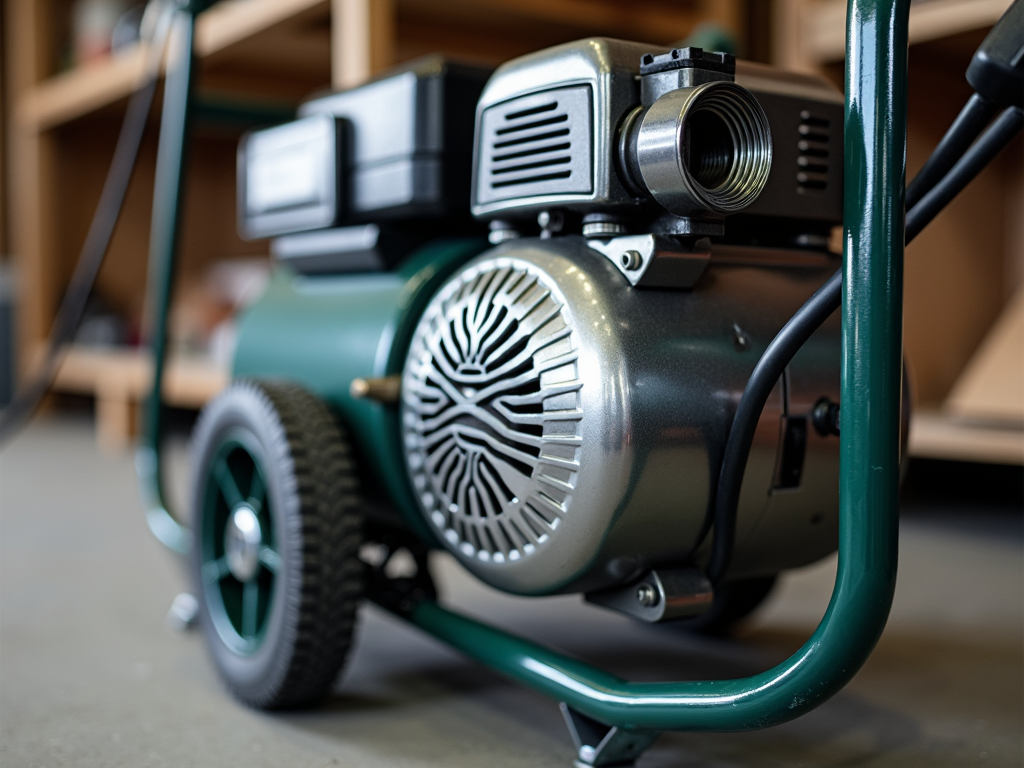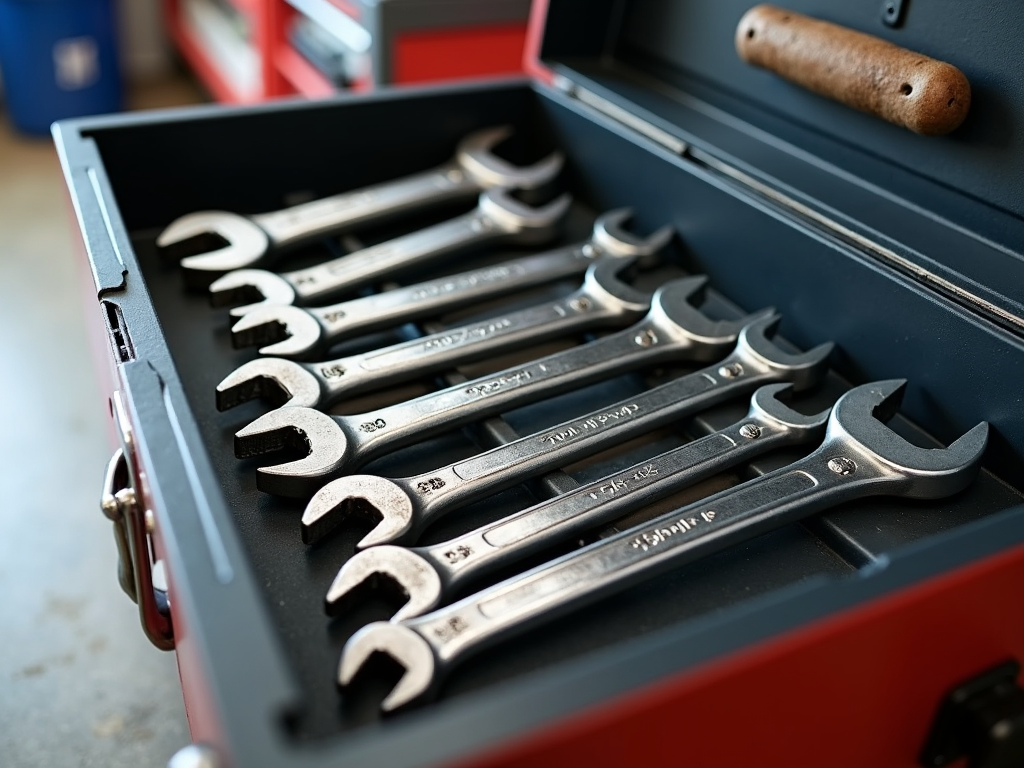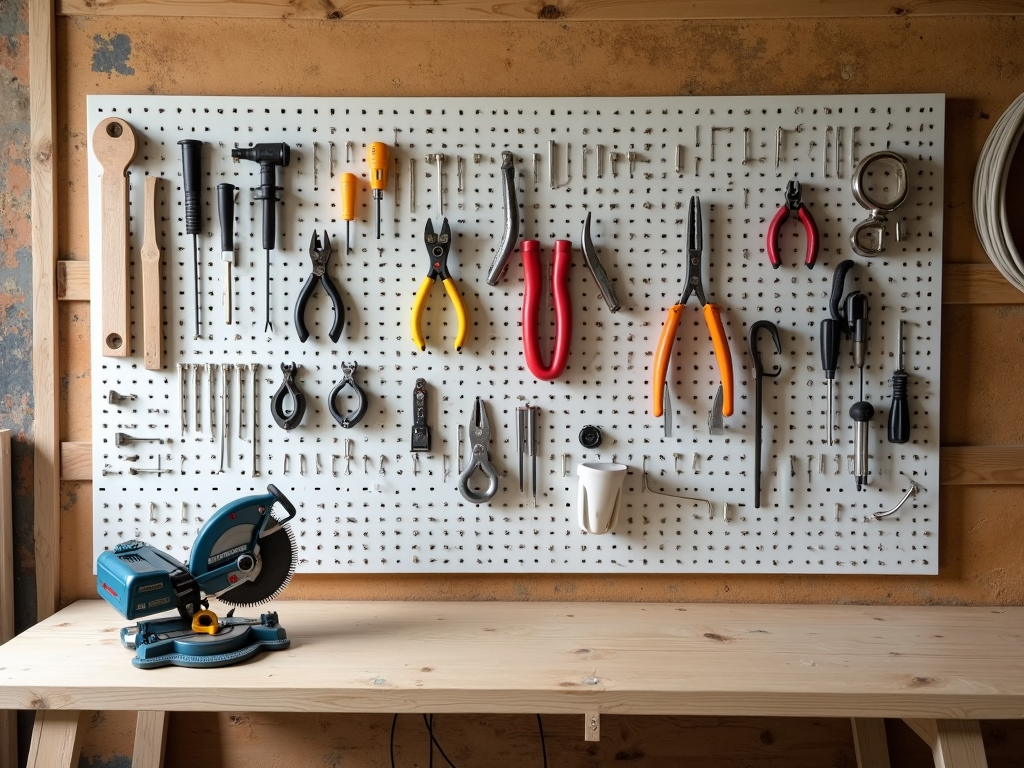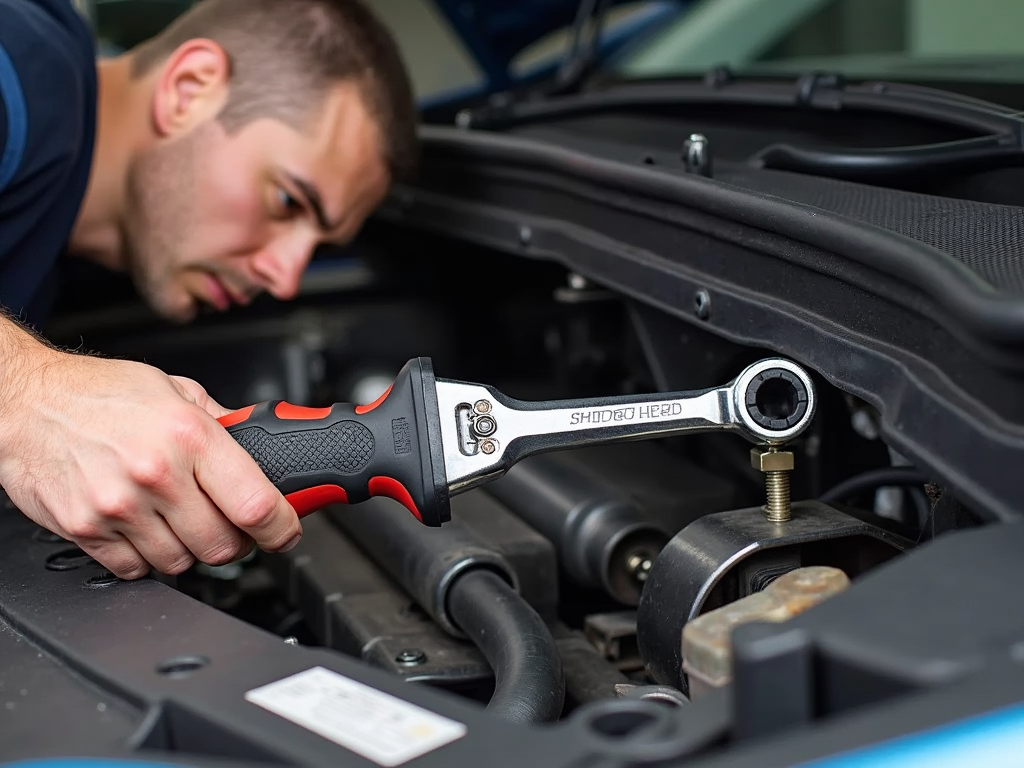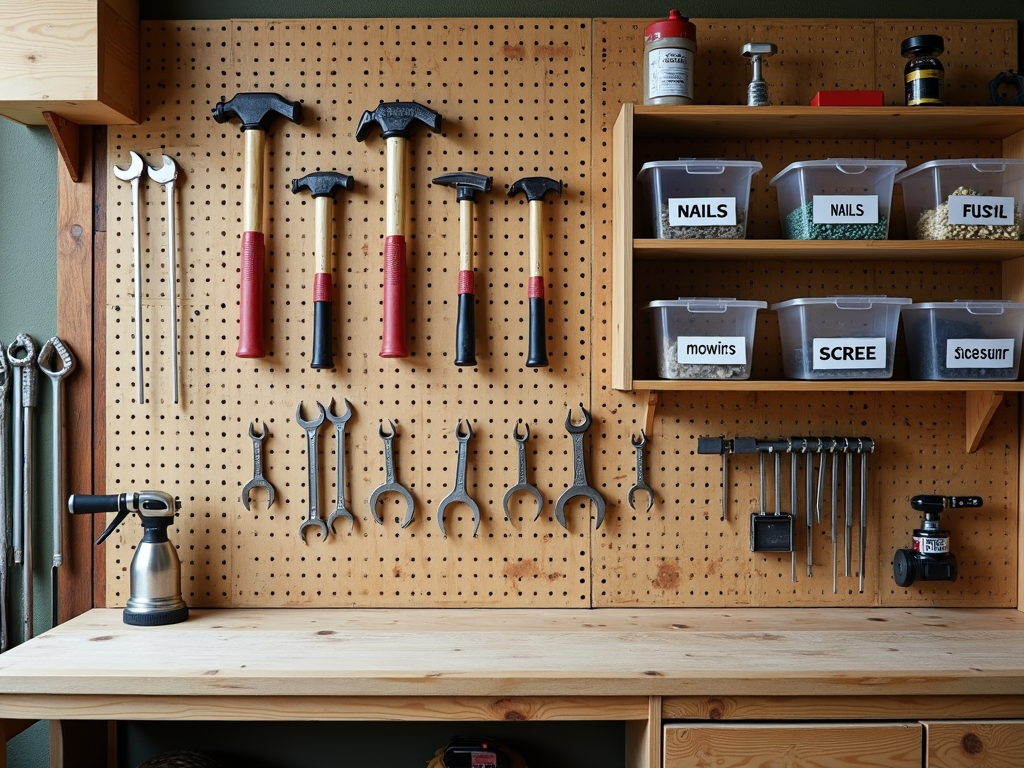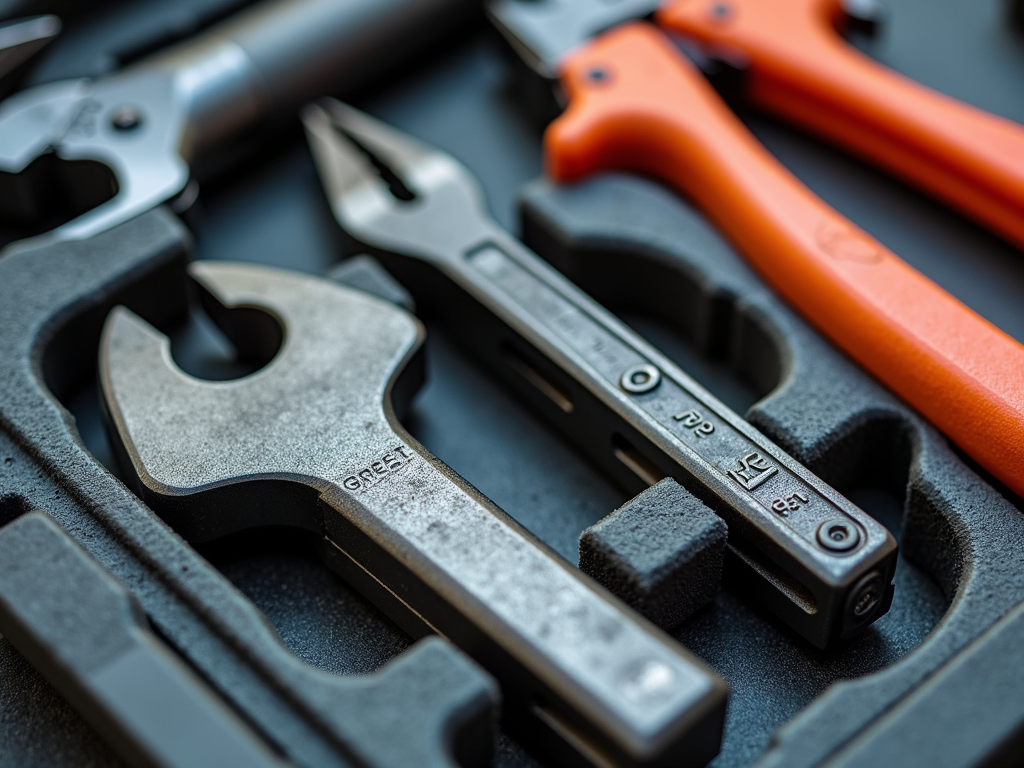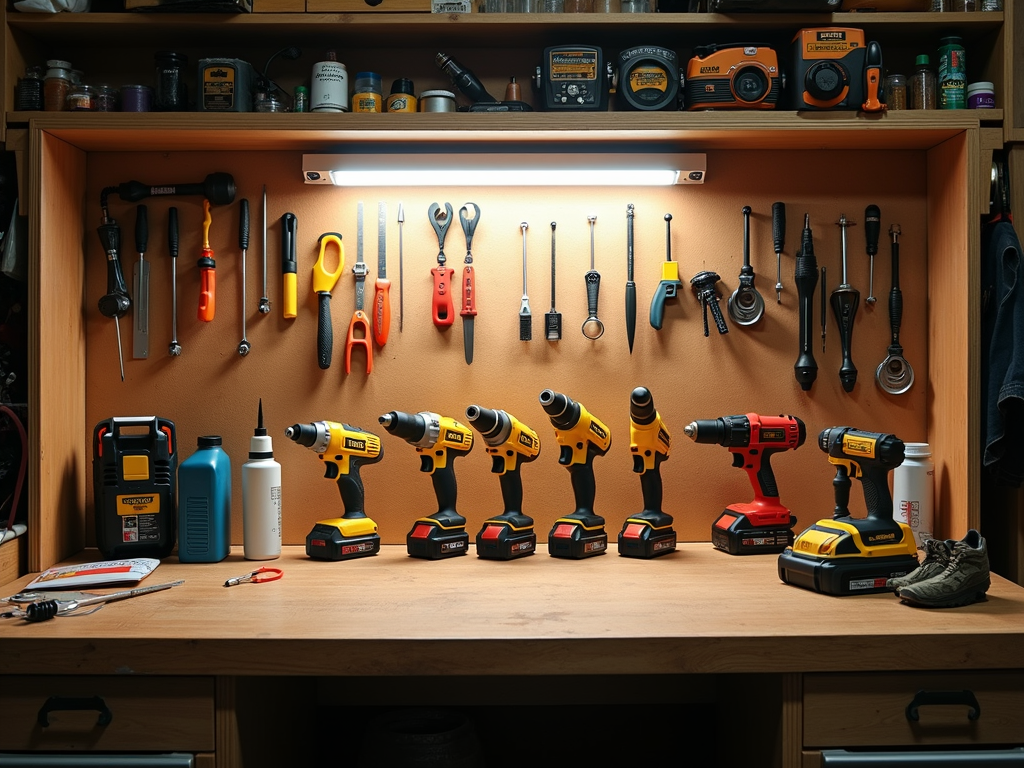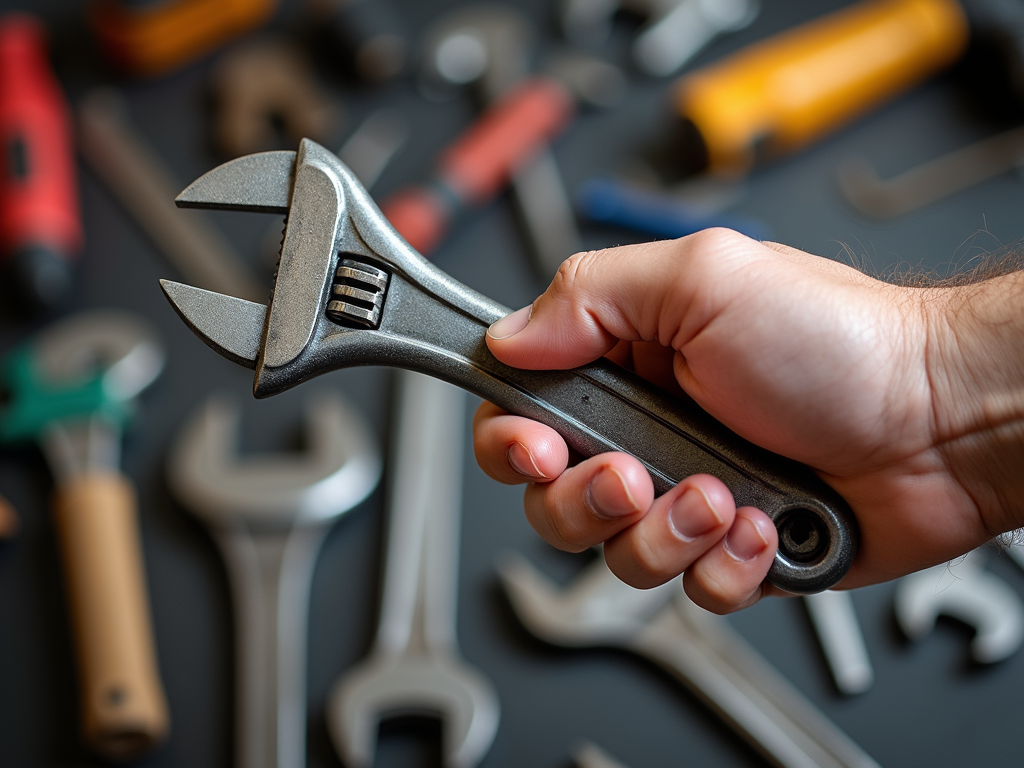Electrical projects can be fun and fulfilling, but they come with risks. This guide offers electrical safety tips for DIY enthusiasts to help you work confidently and avoid danger. From choosing the right tools to dodging common mistakes, you'll find practical advice to keep your projects safe and successful.
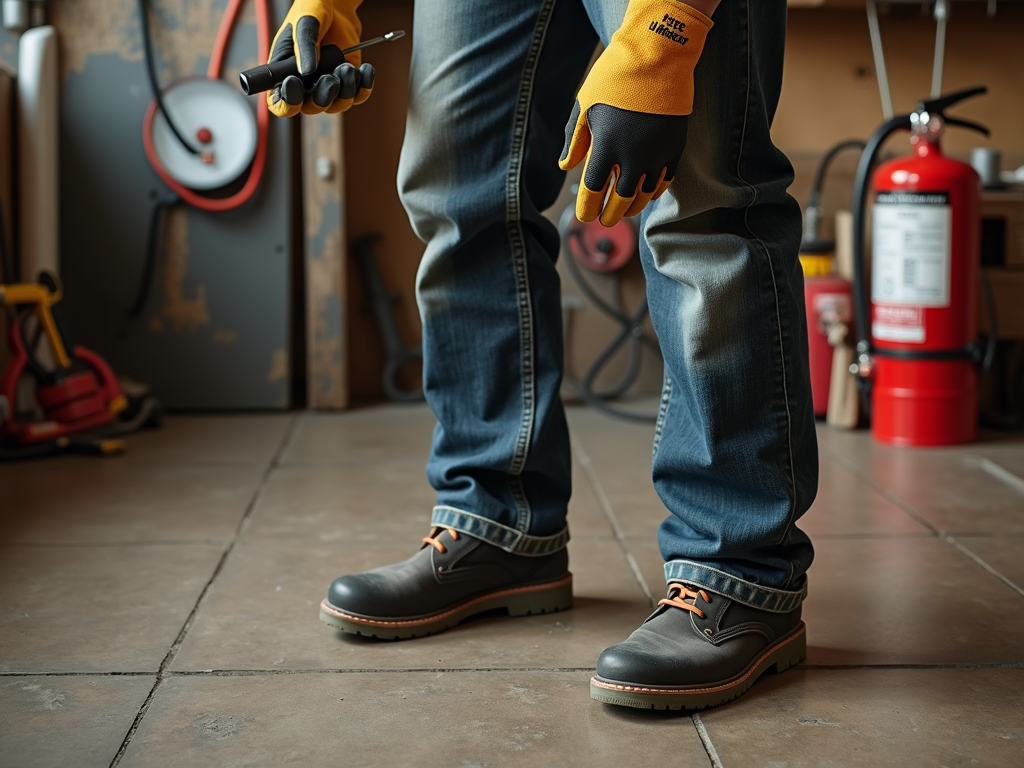
Why Safety Comes First
Electricity is powerful—and dangerous. Before you start any project, take safety seriously. Turn off the power at the breaker box every time. Wear rubber-soled shoes and use tools with insulated handles. Never work in wet areas, and keep a fire extinguisher close. I once skipped turning off the breaker while fixing a switch. The jolt I got taught me a lesson I’ll never forget.
Must-Have Electrical Tools
A good set of electrical tools makes all the difference. Here’s what you need:
- Multimeter: Checks voltage, current, and resistance.
- Wire strippers: Cuts and strips wire insulation cleanly.
- Pliers: Handy for bending wires or pulling them through tight spots.
- Voltage tester: Confirms if wires are live.
- Insulated screwdrivers: Protects you from shocks.
These workman tools are essentials for any DIY electrician. Quality matters—cheap tools wear out fast and can fail when you need them most.
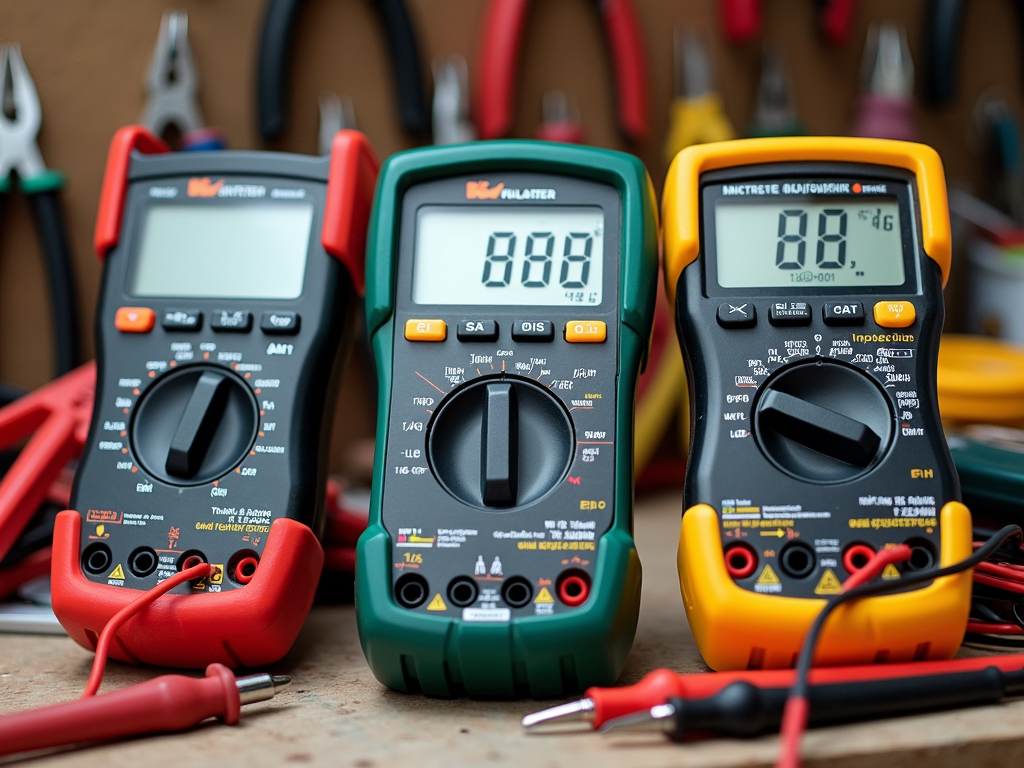
Choosing the Right Multimeter for Your Needs
A multimeter is your best friend for electrical work, but picking one can feel overwhelming. For simple fixes like testing outlets, a basic digital model works fine. Look for auto-ranging—it’s easier to use. For bigger projects, get one with extras like temperature or capacitance testing. Always check the safety rating—CAT III is good for home use. I started with a low-end multimeter, but its fuzzy readings drove me nuts. Now I use a solid mid-range one, and it’s a game-changer.
Mistakes to Watch Out For
Even small slip-ups can cause big problems. Here are common errors to avoid:
- Skipping the power check: Always test with a voltage tester after turning off the breaker.
- Using worn-out tools: Cracked handles or frayed cords are trouble waiting to happen.
- Overloading outlets: Too many devices on one circuit can spark a fire.
- Ignoring rules: Local electrical codes exist for a reason—follow them.
I’ve seen friends rush projects and regret it. Take your time and do it right.
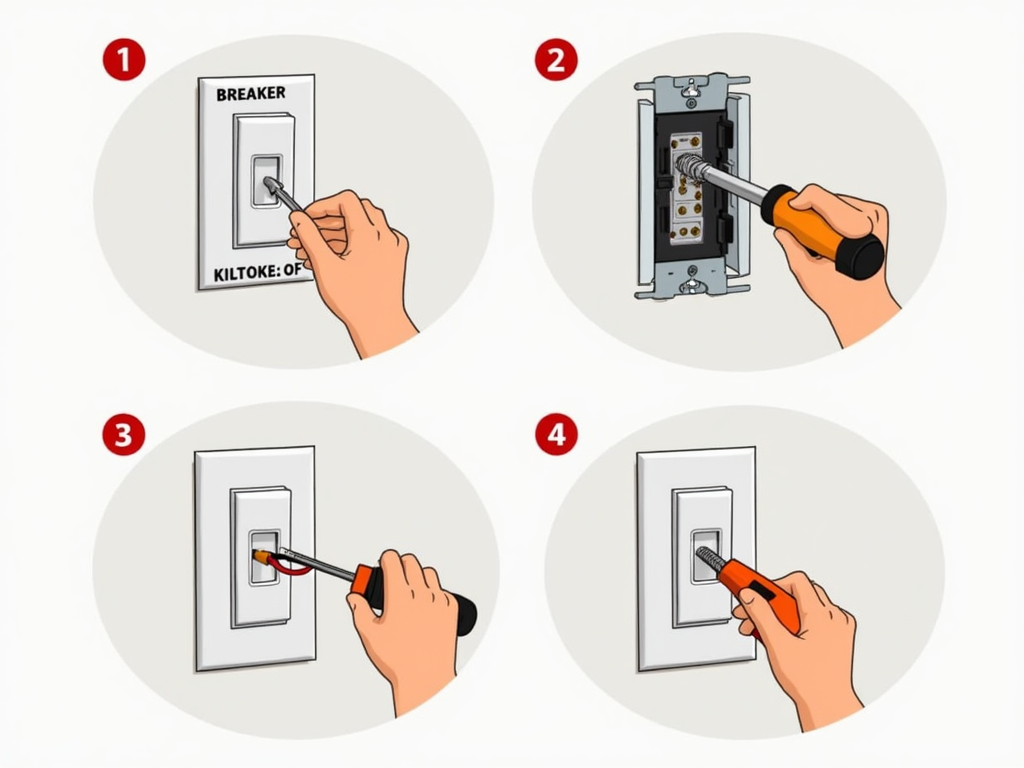
Try This: Replacing a Light Switch
Ready to test your skills? Here’s how to replace a light switch safely:
- Cut the power: Find the breaker and switch it off. Test with a voltage tester.
- Take out the old switch: Remove the faceplate and unscrew the switch. Note the wire setup.
- Put in the new switch: Connect the wires the same way, then screw it back in.
- Check it: Turn the power on and test with your tester before flipping the switch.
It’s a quick project that builds confidence—just keep safety first.
Pro Tips to Level Up
Want to work smarter? Try these tricks:
- Label your breakers: Mark each one so you know what’s what.
- Wear a headlamp: It lights up dark corners and keeps your hands free.
- Write it down: Sketch wire connections before you undo them.
- Know your limits: If it’s too tricky, call an electrician.
Labeling my breaker box saved me hours of guesswork. Little habits like these make a big difference.
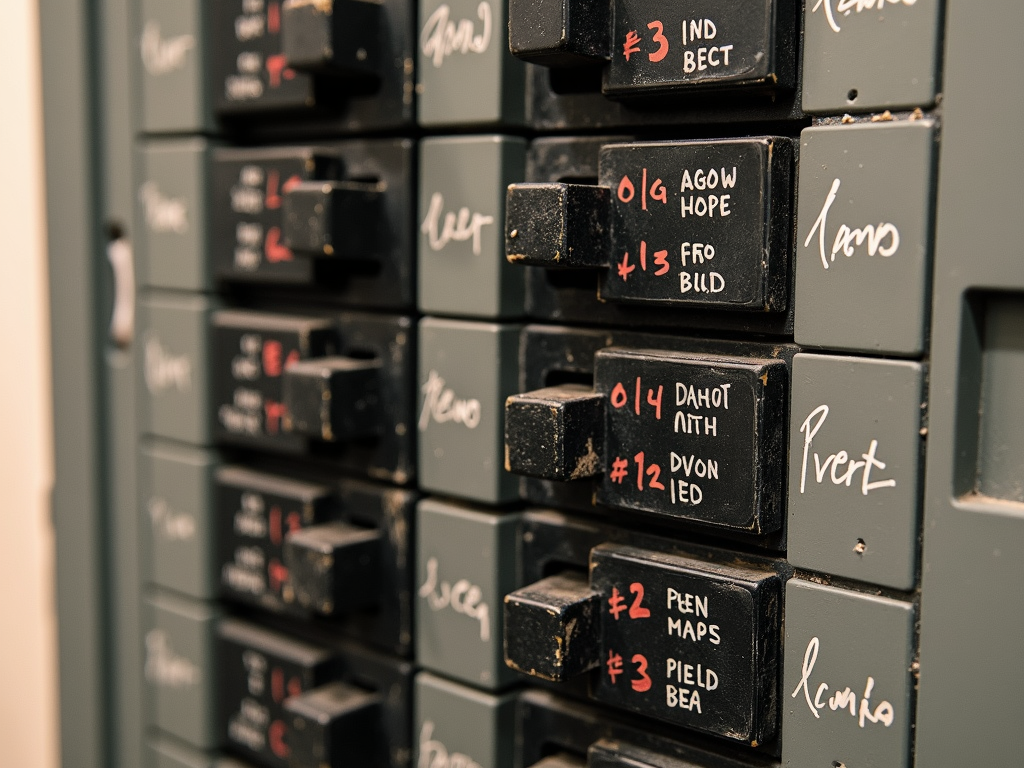
A Comprehensive Guide to Electrical Tools
This article doubles as a comprehensive guide to electrical tools. Beyond the basics, consider extras like a circuit finder for tracking wires or a fish tape for running cables through walls. Each tool has a purpose, and the right ones make your work safer and faster. Stick with trusted brands—my go-to’s are Klein and Fluke. They cost more, but they last.
Dealing With the Unexpected
Sometimes, things go wrong. A wire might spark, or a breaker won’t flip. Stay calm. Double-check your steps. If you smell burning or see smoke, shut everything off and step back. I once fried a switch because I missed a loose wire. It was a cheap fix, but a scary moment. Learn from those hiccups—they make you better.
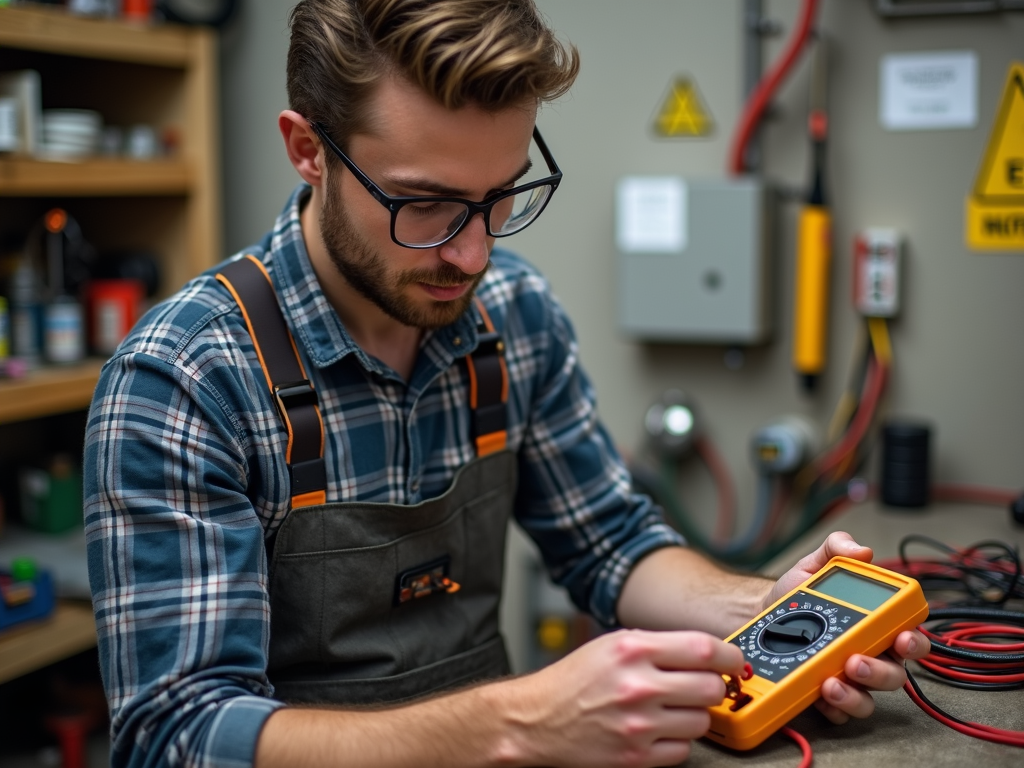
Wrapping It Up
DIY electrical work is rewarding when done right. These electrical safety tips for DIY enthusiasts—turning off power, using good electrical tools, and avoiding mistakes—keep you out of harm’s way. Take it slow, check your work, and don’t be afraid to ask for help. You’ve got this—just stay safe.
Related Electrical Safety Tips for DIY Enthusiasts:
- The Ultimate Guide to Home Improvement Tools
- Top Hand Tools for Beginner Mechanics: A Comprehensive Guide
- Best Wrenches for Mechanics: A Comprehensive Guide
- Understanding Power Washer Components for Better Performance: A Comprehensive Guide
- Rust Prevention 101: Protecting Your Metal Tools
- How to Maintain Your Hand Tools for Longevity
- The Best Ratcheting Wrenches for Fast Repairs: A Comprehensive Guide
- How to Organize Your Workshop for Maximum Efficiency
- Tool Maintenance Tips for Longevity: Essential Guide for Workman Tools
- Safety Tips for Using Power Tools: A Comprehensive Guide
- Tablesaws with Advanced Safety Mechanisms: A Comprehensive Guide
- How to Choose the Right Wrench for Your Project
